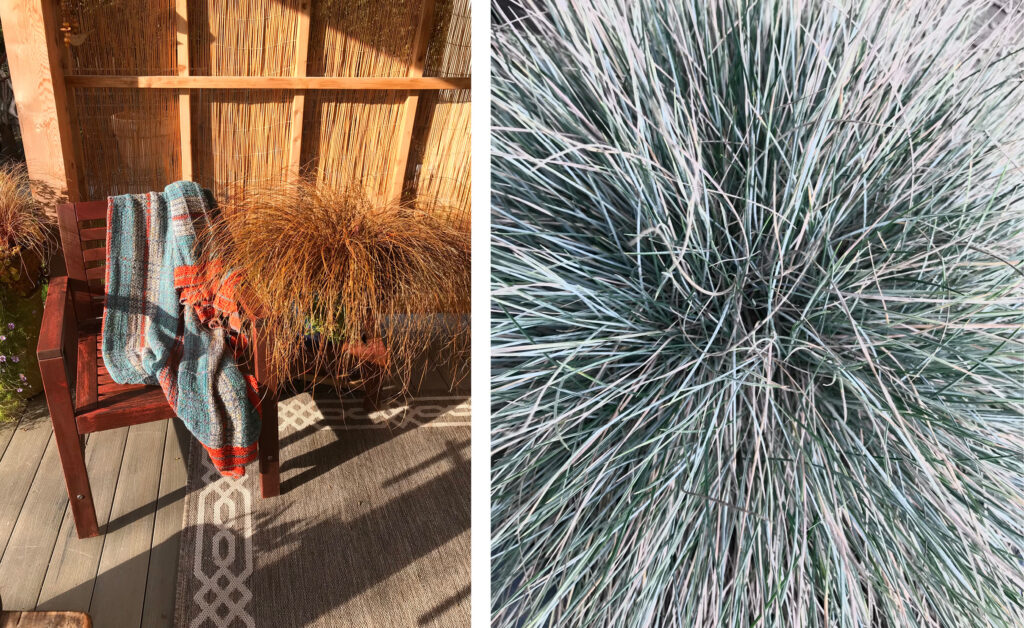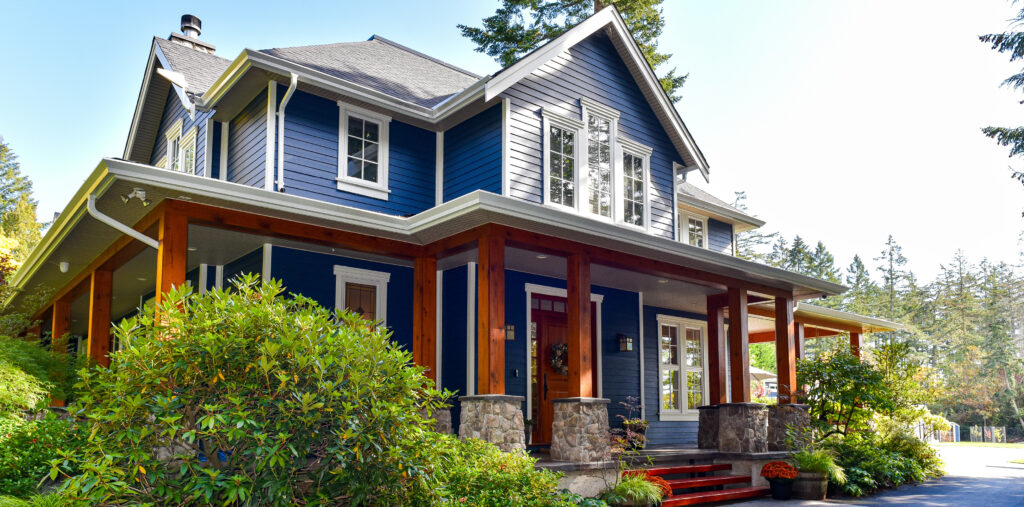by Krista Rossato, id8 Design –
The idea of a simple life is glorified by those cute and intricately designed, space-conscious, caravan-styled homes that are found in pastoral settings. Regardless of whether you are personally suited for a few hundred square feet of space, living small is about choosing our surroundings to be purposeful in every way.
There are many reasons to live small. Environmental: A smaller personal footprint has less impact on our planet; Financial: Less stuff means less maintenance, fewer replacements and more money in your pocketbook; and Social: Living a life free from the responsibilities that come with owning a lot of stuff provides more time to do the activities you enjoy.
Simply put, living small is about quality, not quantity.
When space is at a premium, everything is carefully considered to maximize both the function and style of the space. However, living small isn’t about sacrifice; on the contrary, you may find yourself able and willing to invest in better design choices. Before you know it, your surroundings will be filled with everything you love, rather than everything you thought you needed.
When designing a home, rather than listing the rooms you want to incorporate, define where your activities are most likely to take place. You may intend for homework to be completed at a desk in the bedroom, but reality may be that it happens at the dining room table. You may be surprised to find the majority of your activities take place in a small portion of space. There are always exceptions – just don’t design for them.
The well-known quote “Home is where the heart is” may sound cliché, but it hits the mark. Simply put: “home” is the condensed physical creation of our lives where we feel most at ease, most safe and most loved. A bigger house does not equate to a better home. Like a nicely tailored suit, a home that fits you and your needs will feel good to be in.
Whether you are buying a home, renovating or building new, the approach to living small is the same. Purposeful design decisions have a few commonalities: when you limit the quantity, the expectation for quality goes up; you eliminate waste as you no longer take on more than you intend to use. Your choices become relevant, as they reflect the needs of you and your family; your solutions are more adaptable and flexible as they serve multiple purposes; and finally, you have chosen a design solution for all the right reasons – it is something that you really need, want and love.
For more information visit www.id8design.ca.




